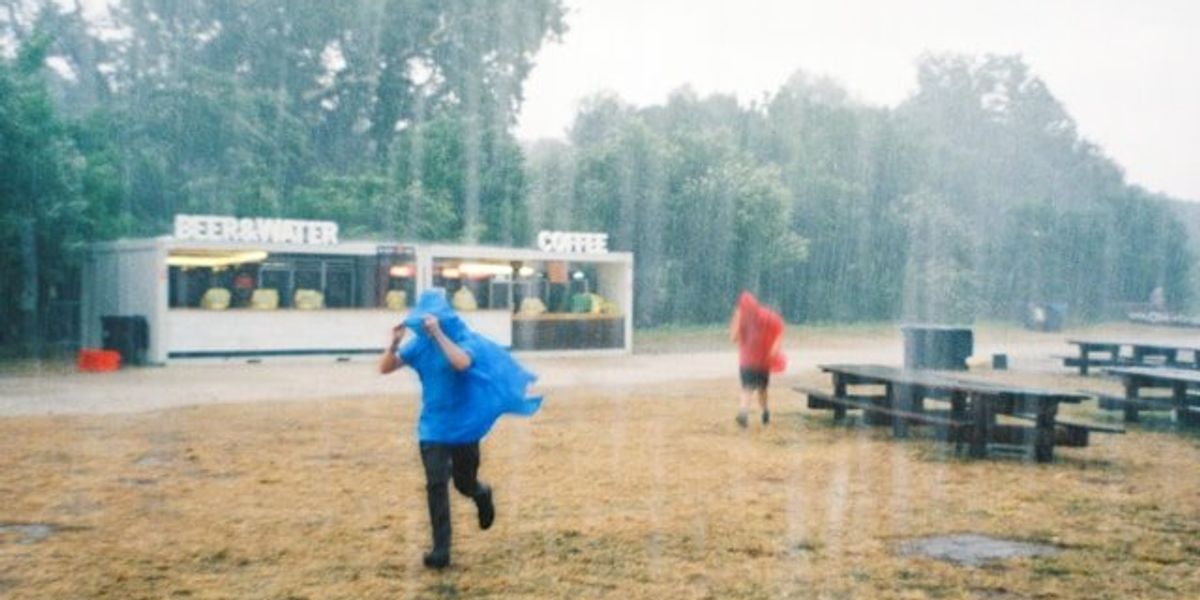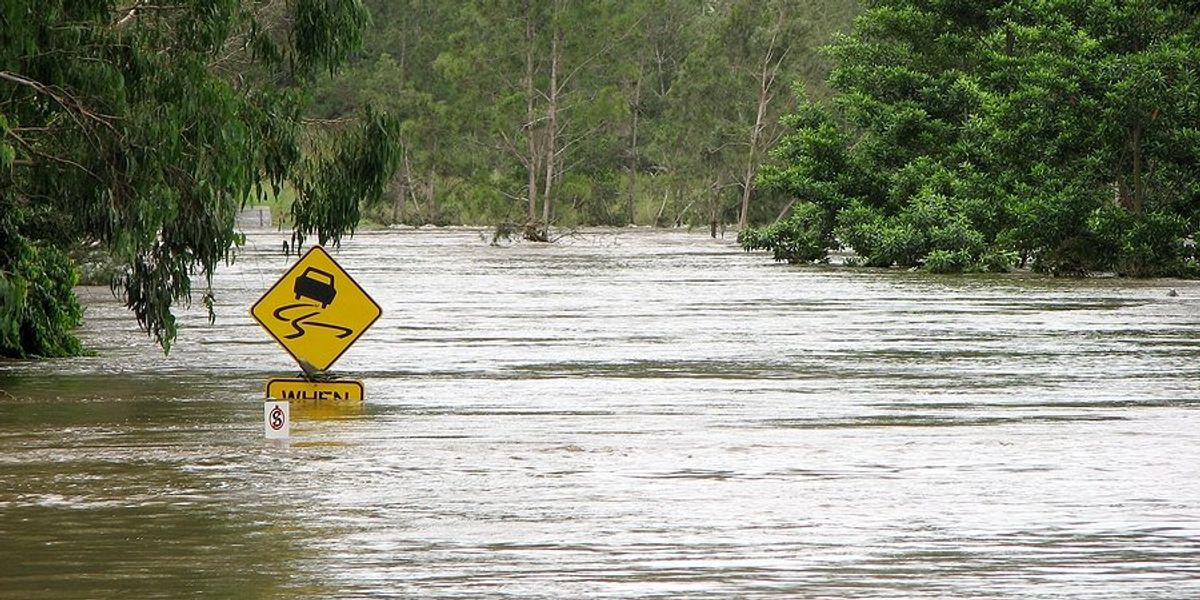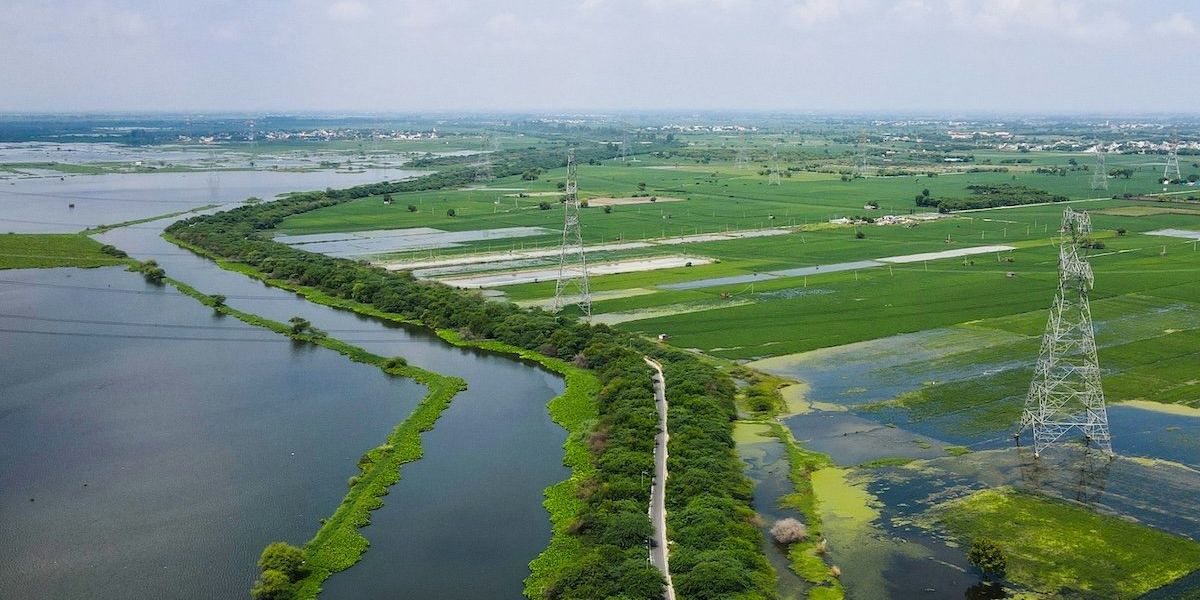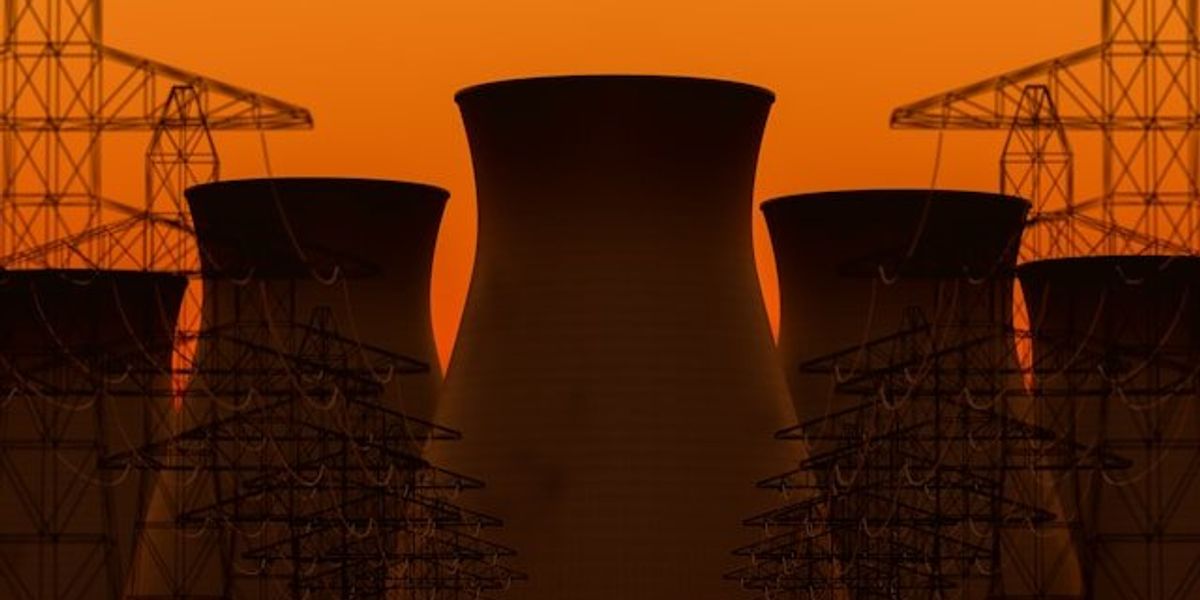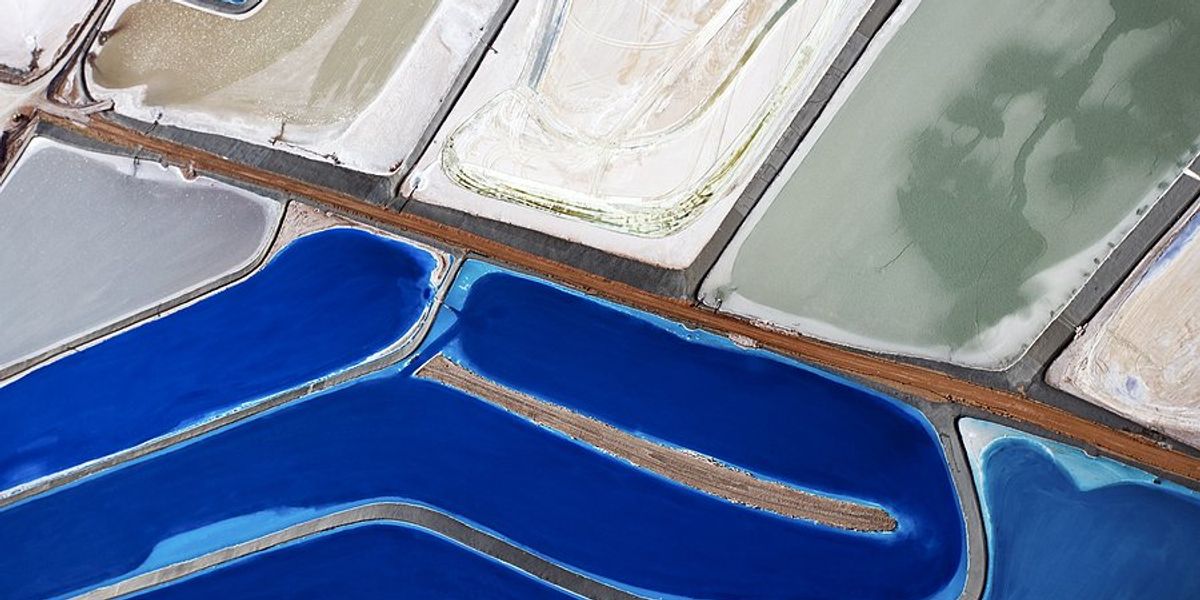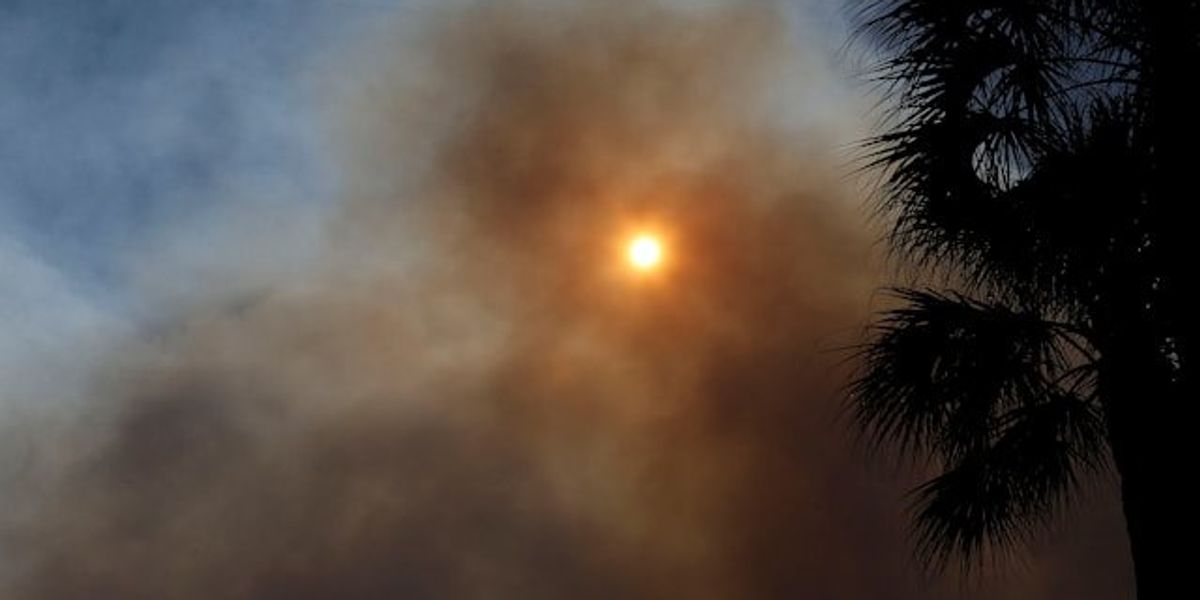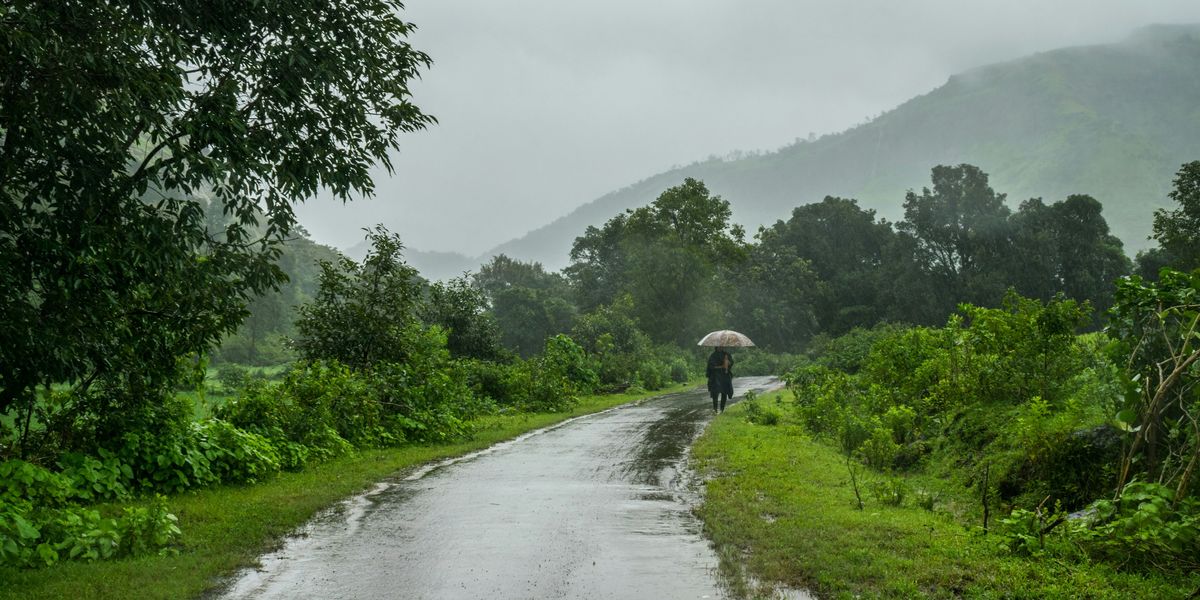
Climate change is disrupting South Asia’s monsoon and raising flood risks
Erratic monsoon rains driven by climate change are fueling deadly floods, landslides, and glacial lake overflows across South Asia.
Sibi Arasu reports for The Associated Press.
In short:
- Warmer temperatures are changing the timing and intensity of South Asia’s monsoon rains, leading to more frequent flash floods and droughts across India, Pakistan, Nepal, and neighboring countries.
- Scientists report that glacial melt is accelerating across the Himalayan region, placing hundreds of high-altitude glacial lakes at risk of overflowing and threatening downstream communities.
- Rapid urban growth and shrinking floodplains are amplifying the damage, while experts warn that current disaster responses are reactive and lack long-term planning.
Key quote:
“If we continue with, you know, business as usual, and we have the same kind of emissions, then the world is going to keep on getting warmer and there will be more intense rain and floods. At some point, we could go beyond the limits of adaptation."
— Miriam Jackson, glaciologist at the International Cryosphere Climate Initiative
Why this matters:
South Asia’s shifting monsoon is a growing public health and environmental crisis. Home to nearly two billion people, the region depends heavily on seasonal rains for drinking water and agriculture. But rising global temperatures are making those rains more intense and dangerous. The atmosphere holds more moisture, which can fall all at once, flooding cities and washing out crops. Rural areas face drought when the rain doesn’t come at all. Melting glaciers add another layer of risk, creating unstable lakes in the Himalayas that can burst and destroy entire villages downstream. As the region urbanizes, drainage systems struggle to keep up, leaving millions exposed to disaster.

